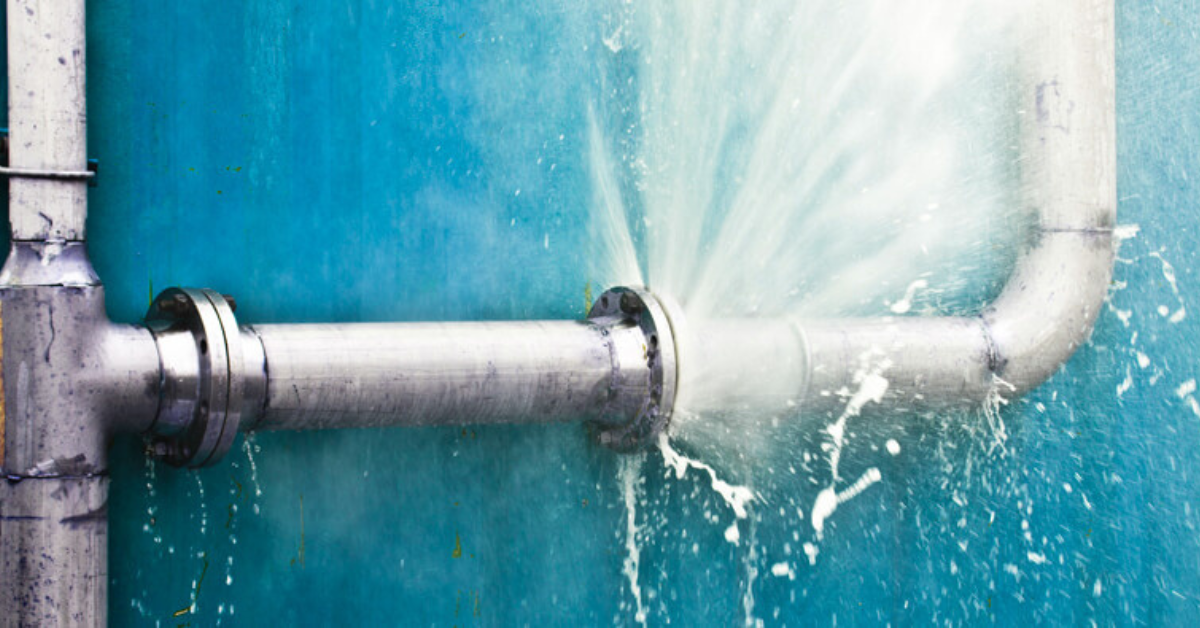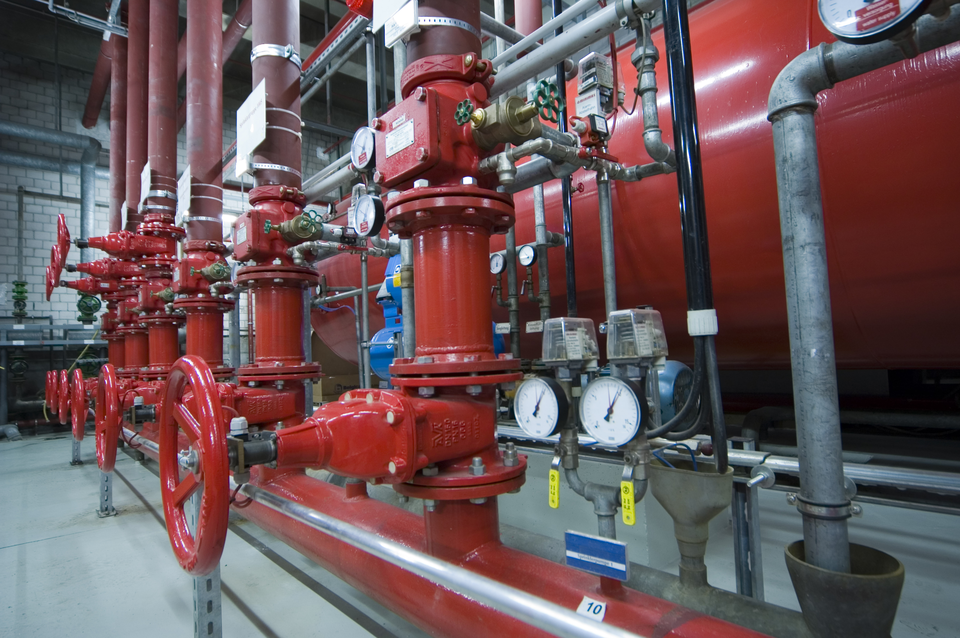Techniques to Address Low Water Pressure in Your Home
Techniques to Address Low Water Pressure in Your Home
Blog Article
In this article below you can locate a lot of helpful points about 4 Ways to Troubleshoot Low Water Pressure.

Low water stress in your house can be an aggravating issue, impacting every little thing from bathing to cleaning recipes. If you're experiencing weak water circulation, there are numerous possible causes and remedies to explore. In this overview, we'll discuss typical reasons for low water stress and practical actions to address the issue efficiently.
Intro to Low Tide Stress
Low water pressure occurs when the circulation of water from your taps, showers, and other components is weaker than normal. This can make daily jobs much more tough and less reliable. Understanding the sources of low tide stress is essential to finding the appropriate remedy.
Usual Sources Of Low Water Stress
Faulty Pressure Regulators
Pressure regulators are accountable for maintaining consistent water stress in your home. If they malfunction, it can lead to low tide stress or irregular circulation throughout the house.
Local Water Issues
Sometimes, the trouble exists outside your home. Community water system issues, such as main line leaks or upkeep job, can briefly minimize water pressure in your location.
Pipeline Obstructions
Gradually, pipelines can end up being blocked with mineral deposits, sediment, or debris, limiting the flow of water. This is an usual issue in older homes with galvanized steel pipes.
Corrosion
Rust within pipelines can cause leakages and lowered water stress. Rust accumulation can constrict water circulation, specifically in aging plumbing systems.
Exactly How to Identify Low Tide Stress
Inspecting Pipelines
Inspect noticeable pipes for indications of leakages, deterioration, or obstructions. Take note of any uncommon sounds, such as knocking or rattling pipelines, which might indicate issues within the plumbing system.
Consulting with a Plumber
If you're unable to identify the source of low water stress, consider working with an expert plumber to carry out a comprehensive examination. They can identify underlying problems and advise suitable options.
Checking Faucets and Fixtures
Start by examining the water stress at various faucets and components throughout your home. If the issue is isolated to certain areas, it may show localized troubles.
DIY Solutions to Deal With Low Water Stress
Flushing Water Heater
Debris build-up in the hot water heater can limit circulation and reduce effectiveness. Flushing the storage tank periodically aids eliminate sediment and preserve optimal performance.
Examining Stress Regulatory Authority
Make sure that the pressure regulatory authority is working properly. Changing or changing the regulator can help bring back appropriate water stress throughout your home.
Cleaning Up Aerators and Showerheads
Mineral deposits can accumulate in aerators and showerheads, minimizing water circulation. Remove and cleanse these components consistently to enhance water stress.
Clearing Up Clogs in Pipes
For minor obstructions, try utilizing a plumbing serpent or chemical drainpipe cleaner to clear blockages in pipes. Be cautious when using chemicals and adhere to safety standards.
When to Call a Professional Plumber
If do it yourself initiatives fail to resolve the problem or if you presume significant plumbing problems, it's ideal to look for aid from a qualified plumber. They have the competence and tools to resolve complicated problems securely and efficiently.
Preventive Measures to Keep Water Stress
Setting Up a Pressure Booster
Think about installing a pressure booster pump to improve water stress in areas with constantly reduced circulation. This can be especially useful for multi-story homes or residential or commercial properties with high-demand fixtures.
Surveillance Water Usage
Be mindful of water usage behaviors and avoid ill-using the plumbing system. Easy changes, such as shocking showers and washing loads, can assist maintain adequate water stress.
Normal Upkeep
Set up routine maintenance for your plumbing system to stop concerns such as deterioration, leaks, and blockages. Attending to small problems early can aid prevent even more considerable fixings later.
Conclusion
Managing low water stress can be frustrating, but determining the underlying causes and carrying out ideal options can restore optimal circulation throughout your home. Whether it's cleaning up aerators, inspecting pipelines, or consulting with a plumber, taking aggressive actions can make certain a consistent supply of water for your day-to-day needs.
FOUR WAYS TO FIX LOW WATER PRESSURE NOW
Turning on a shower or faucet only to find the water comes out in a sad, slow drizzle is never a good feeling. How exactly are you supposed to wash a pan or take a quick shower when it takes 10 minutes just to rinse off a little soap? The good news is that when your water pressure is bad, there's always a cause: typically one that can be easily fixed. Here are some of the most common causes of low pressure and what you can do to fix the issue:
DEBRIS AND MINERAL DEPOSIT BUILDUPS
If you notice low water pressure from just one or two of the fixtures in your house, the problem likely has to do with debris buildup. Water is full of minerals and other debris, all of which can accumulate in your pipes and on your fixtures. This can cause a blockage that affects how much water flows through. To fix this, try filling a small plastic bag with white vinegar, and use a rubber band to hang it around your showerhead or faucet. Let the head of the fixture soak for a few hours, and the vinegar should loosen the deposits.
WATER LEAKS
Leaks are another common cause of low water pressure. If water is flowing out of your plumbing through a hole or crack before it can reach your fixture, the pressure coming out of the faucet or showerhead will be lower. A plumbing professional is your best bet for finding and repairing a leak in your water supply pipes.
Leaks are another common cause of low water pressure. If water is flowing out of your plumbing through a hole or crack before it can reach your fixture, the pressure coming out of the faucet or showerhead will be lower. A plumbing professional is your best bet for finding and repairing a leak in your water supply pipes.
A VALVE ISSUE
If you have low water pressure throughout your home, check your main shut-off valve to make sure it's completely open. You may also want to see if there's a pressure-reducing valve installed. If there is, have a plumber help you adjust the settings to get the pressure you're looking for.
OTHERS USING WATER
Believe it or not, your low water pressure could be caused by your neighbors. If you notice low pressure at certain times of day, it may be because you and the people living next to you have similar schedules - when everyone is showering at the same time, the pressure will be lower in every home. Low pressure throughout the neighborhood may also be caused by an issue with your municipal water supply. If that's the case, call the supplier to see if they're working on the issue.
https://www.rotorooter.com/blog/water-leaking/low-water-pressure-fixes/

As a devoted person who reads on 10 Reasons for Low Water Pressure in Your House, I was thinking sharing that excerpt was really helpful. Appreciated our blog entry? Please quickly share it. Help others find it. I praise you for being here. Return soon.
Call Today Report this page